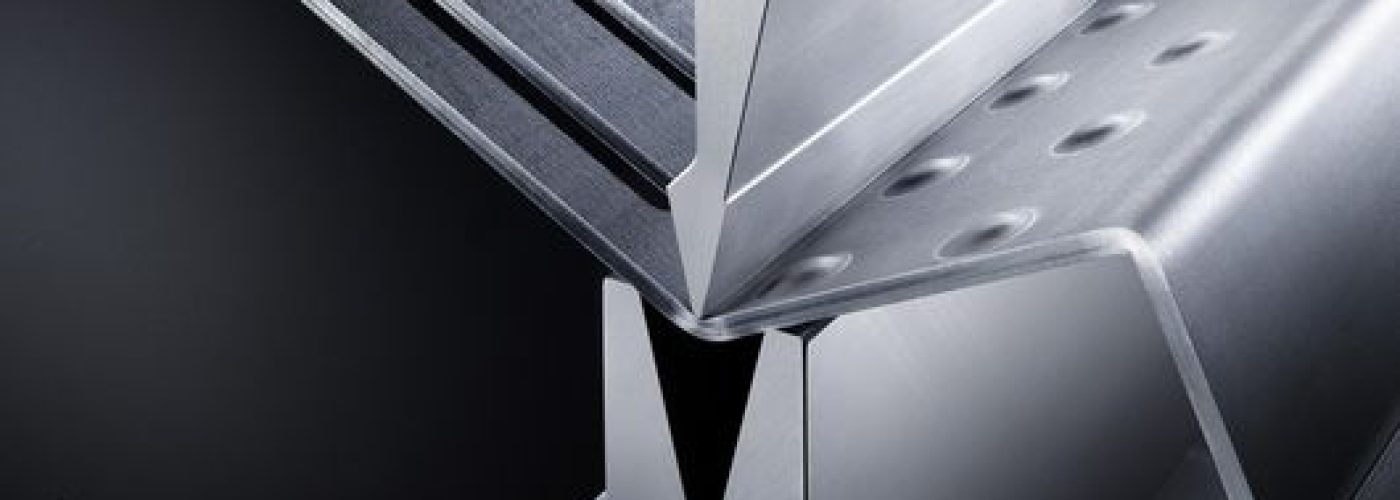Sheet metal is very important in construction. It is widely used and is very common. Sheet metal is formed through an industrial process. The goal is to make a thin and flat piece of metal for a variety of purposes.
Sheet metal is one of the basics of metalworking. It can be cut and bent further to make different shapes as needed for whatever application needs it. From cars to housing to machines and even some forms of art. Experts such as Bend-tech can help with any questions you may have about it.
Sheet Metal Bending
Bending sheet metal is done through the application of force or exerting pressure on certain points or linear. In bending, metal is manufactured to a point along a straight axis. It produces V-shape, U-shape, and channel shape.
This can be done with press breaks, roll bending machines, or embossing/coining machines. The most common way used for bending are box and pan brakes or other break processes.
Process
During the process of press brake forming, the metal is positioned over a die block. The die block presses the sheet to form a shape.
What happens is that the bending has to overcome the stresses. After bending, the residual stresses cause the material to spring back to its original position. The sheet should be over-bent in order to get the desired angle.
Factors that come into play are the material and the type of forming. When a metal sheet is bent, the length is also stretched.
Bend Deduction
This refers to the amount the metal sheet will stretch as it bends and measured from the outside edges.
Bend Radius
Bend radius refers to the inside radius. It describes the radius of the inside curvature of a bent sheet metal. It is the minimum radius wherein a pipe, tube, sheet, cable, or hose can be bent without being kinked or damage or shortening its life.
The formed radius depends on the dies and material used. It also depends on the thickness of the material.
The formed bend radius is dependent upon the dies used, the material properties, and the material thickness
The smaller the bend radius is, the greater the material flexibility will be. This is because the radius of the curvature decreases as the curvature increases.
Minimum and Maximum Bend Radius
The minimum bend radius is the smallest allowable radius a cable is allowed to be bent.
Maximum Bend Radius is the determinant on how tight the cable can be bent. This is done with the intent not to add a lot of stress on the cable that can cause damages like kinks and cracks.
Calculating Bend Radius
The minimum or maximum bend radius can be calculated with a mathematical formula.
Minimum bend radius:
Step 1: Divide 50 by the material’s tensile reduction percentage.
Step 2: Subtract 1 from that answer.
Step 3: Multiply that answer by the plate thickness.
Maximum bend radius:
Step 1: Add the minimum bend radius to the part thickness
Step 2: Multiply the result by 2
Common Bending Methods
There are many bending methods. Below are some of the more common methods
V-Bending
This is the most common bending method. V-bending uses a punch and die. The three sub-grouping of this is bottoming, air bending, and coining.
From these, about 90% of the most commonly used V-bending methods are air bending and bottoming.
Air Bending
This refers to partial bending. In this method, the working piece is not totally touching the tooling parts. The workpiece lies on two points. The punch pushes the bend. This process is often done through a press brake without the need for a sided die.
A punch tool and a V-shaped bottom die is used in air bending. Air bending allows the sheet material to be bent to an arbitrary angle even without replacing the die or punch tools.
Bottoming
This is also referred to as bottom pressing or bottom striking. This means the punch presses the metal sheet onto the die. The die’s angle then determines the angle of the workpiece. The inner radius of the angled sheet depends on the radius of the die.
Coining
In this method, the workpiece is stamped between the punch and die. These penetrate into the metal past a neutral axis with pressure.
This used to be a very popular method since it can get accurate results. However, today, machinery can be well-controlled and precise. Hence, coining is not as widely used as before.
U-bending
This is similar to V-bending. It also uses a die and a punch. However, in U-bending they are both U-shaped, which results in a similar bend.
Roll Bending
This is often used during the production of cones and tubes into different shapes. This is also bending with a large radius.
The most common machine used for this method is a press or hydraulic brake. The reason for this is that other machines result in flat instead of a well-rounded edge.
Folding
Clamping beams hold the longer side of the sheet. In this method the beam rises. Then it folds the sheet around a bend profile.
Wiping
In this method, the longest end of the sheet is clamped. The tool then goes up and down, resulting in the bending of the sheet around the bend profile.
Wiping, however, has a higher risk for scratches or damages since the tools are hovering over the sheet.
Rotary Bending
This method uses a freely rotating cylinder. The final formed shape is cut into it and matching the bottom die. Upon contact with the sheet, the roll contacts on the two points. It then rotates while the forming process bends the sheet.
Rotary bending is referred to as a ‘non-marking’ process which is suitable to pre-painted or marred surfaces.





